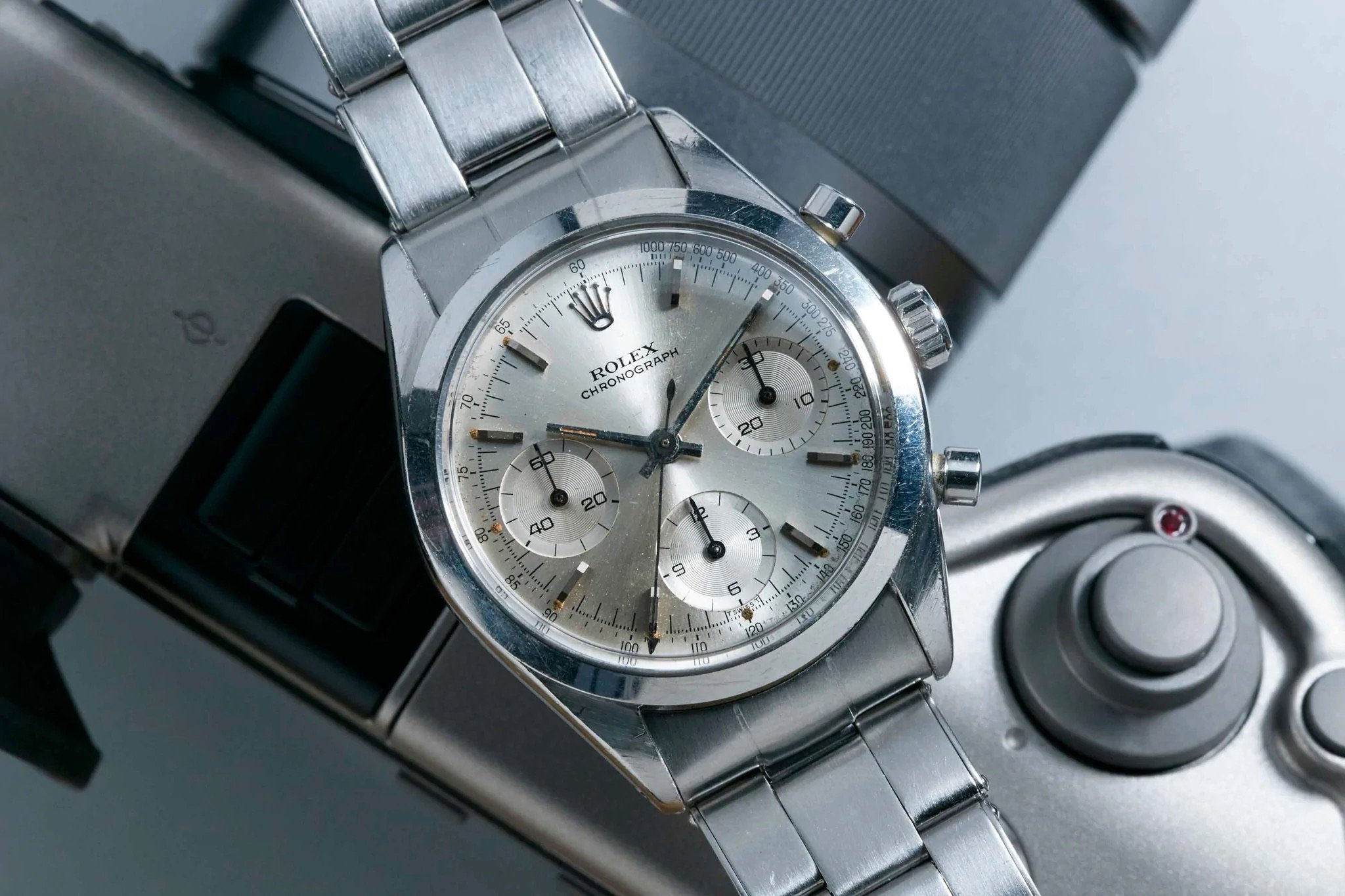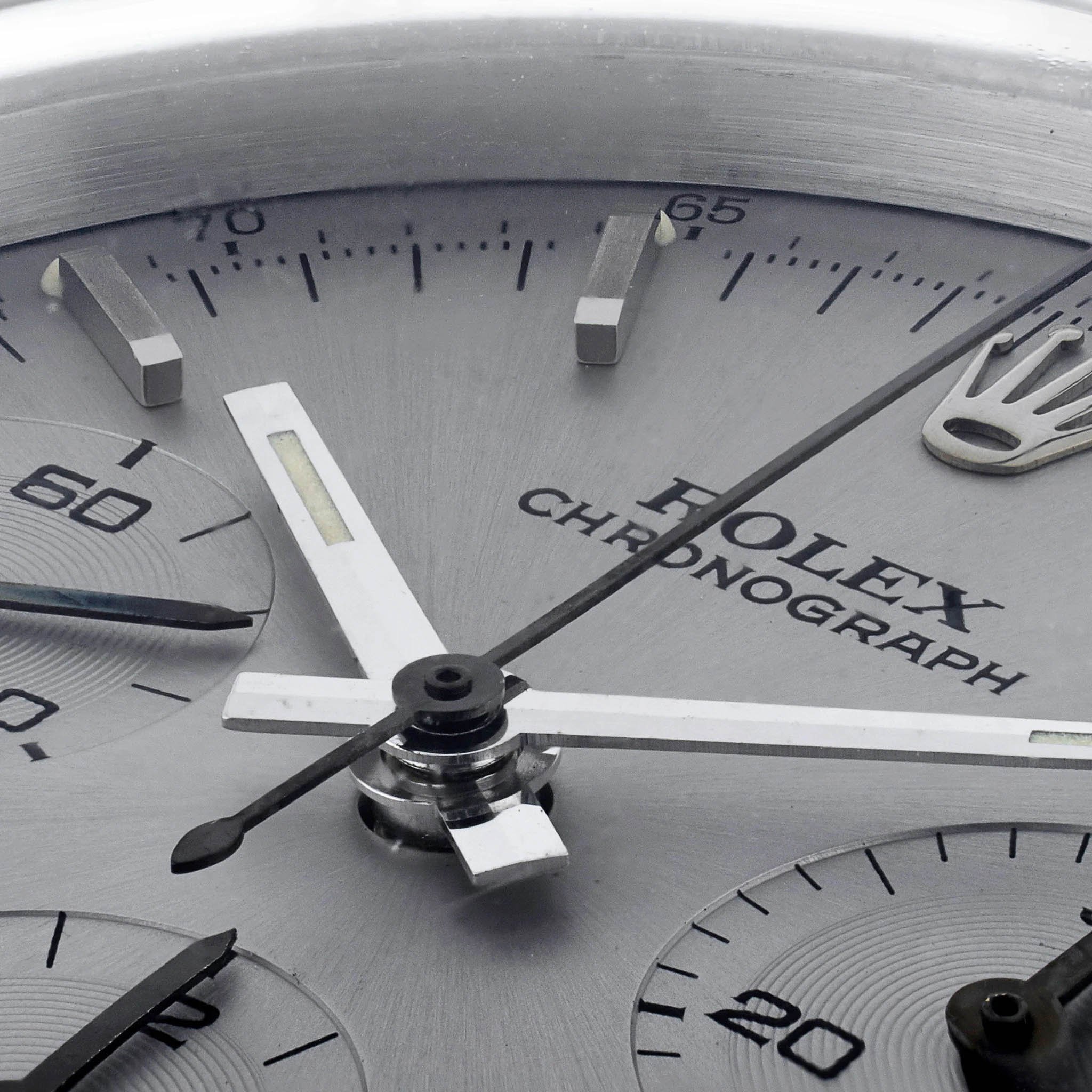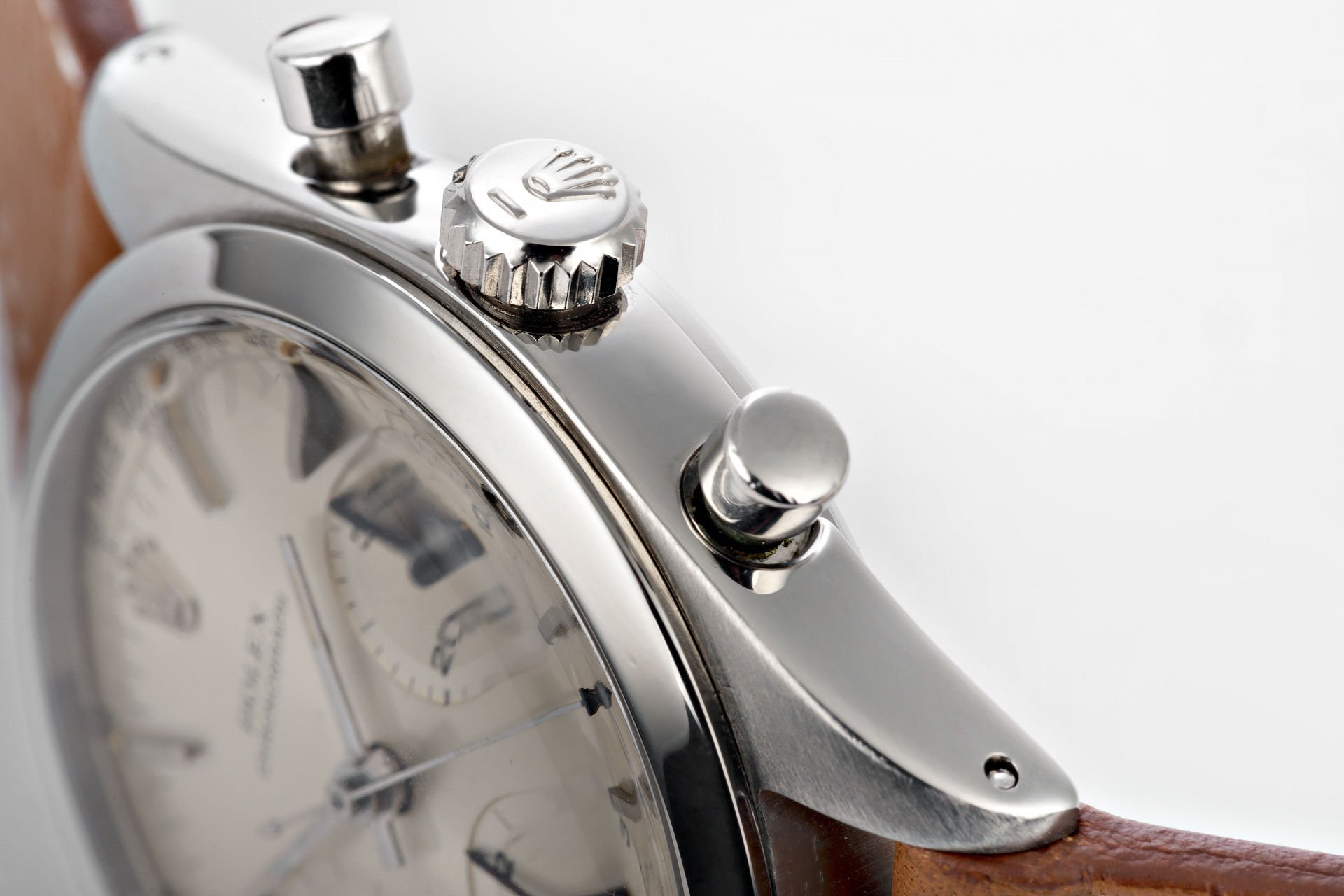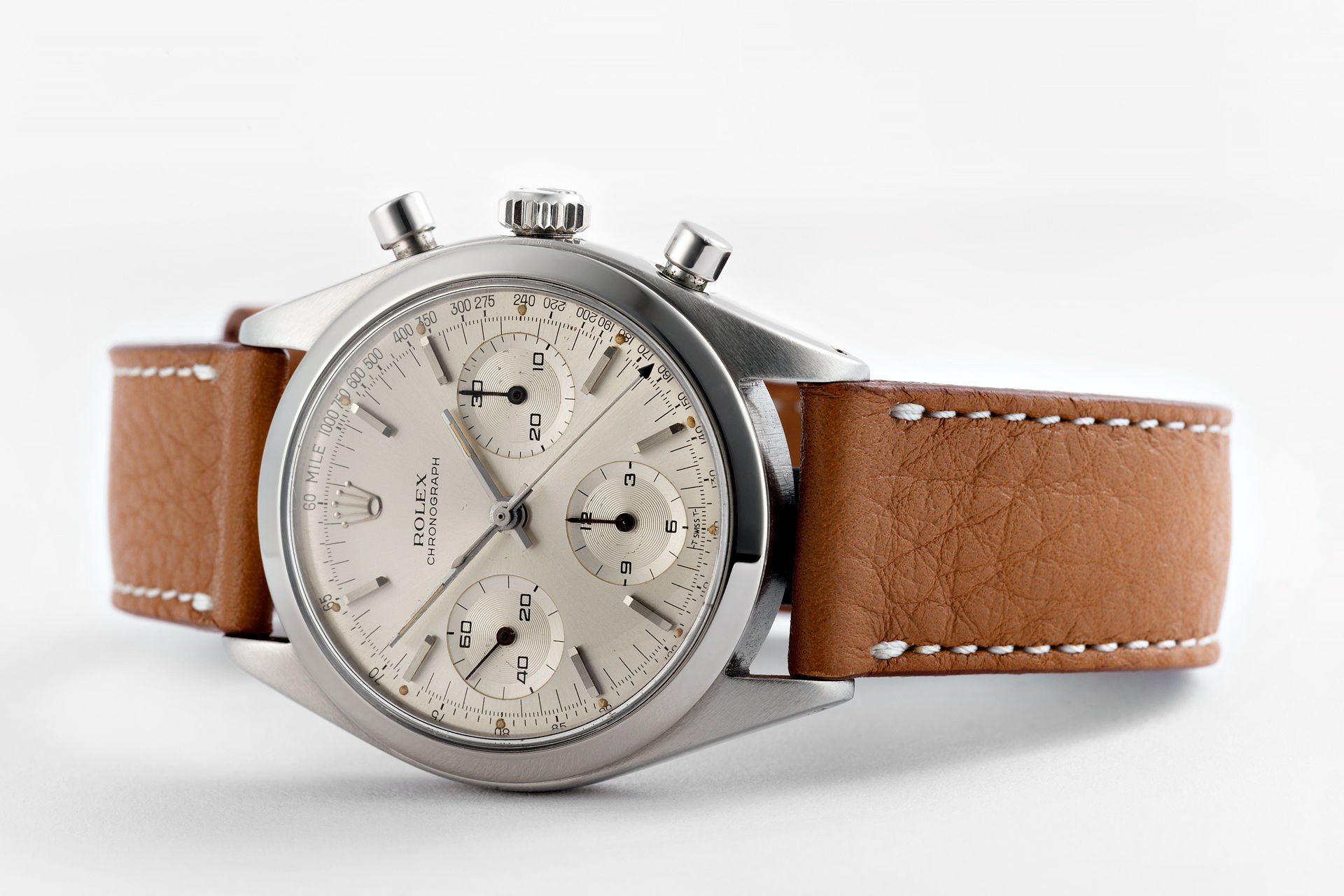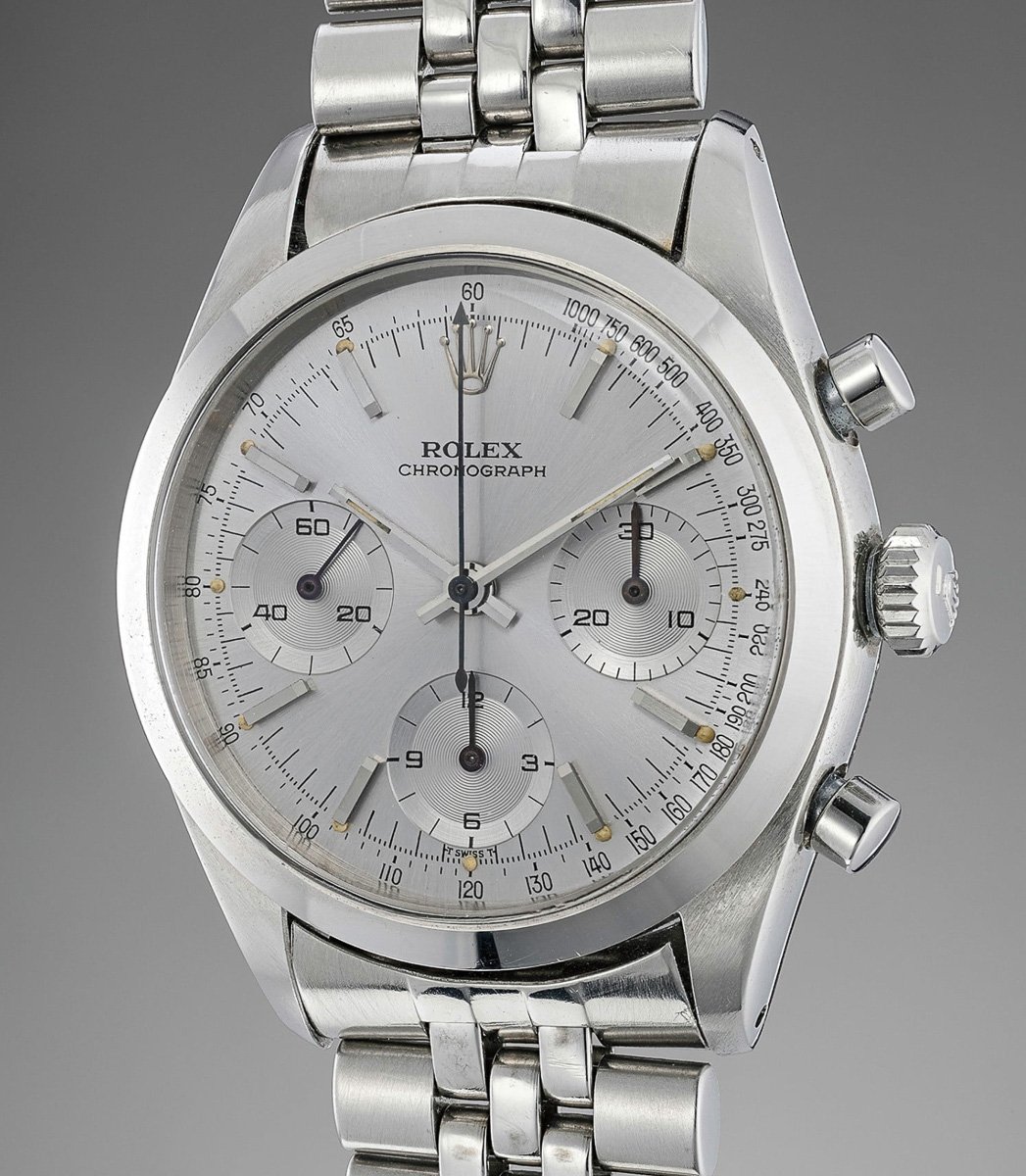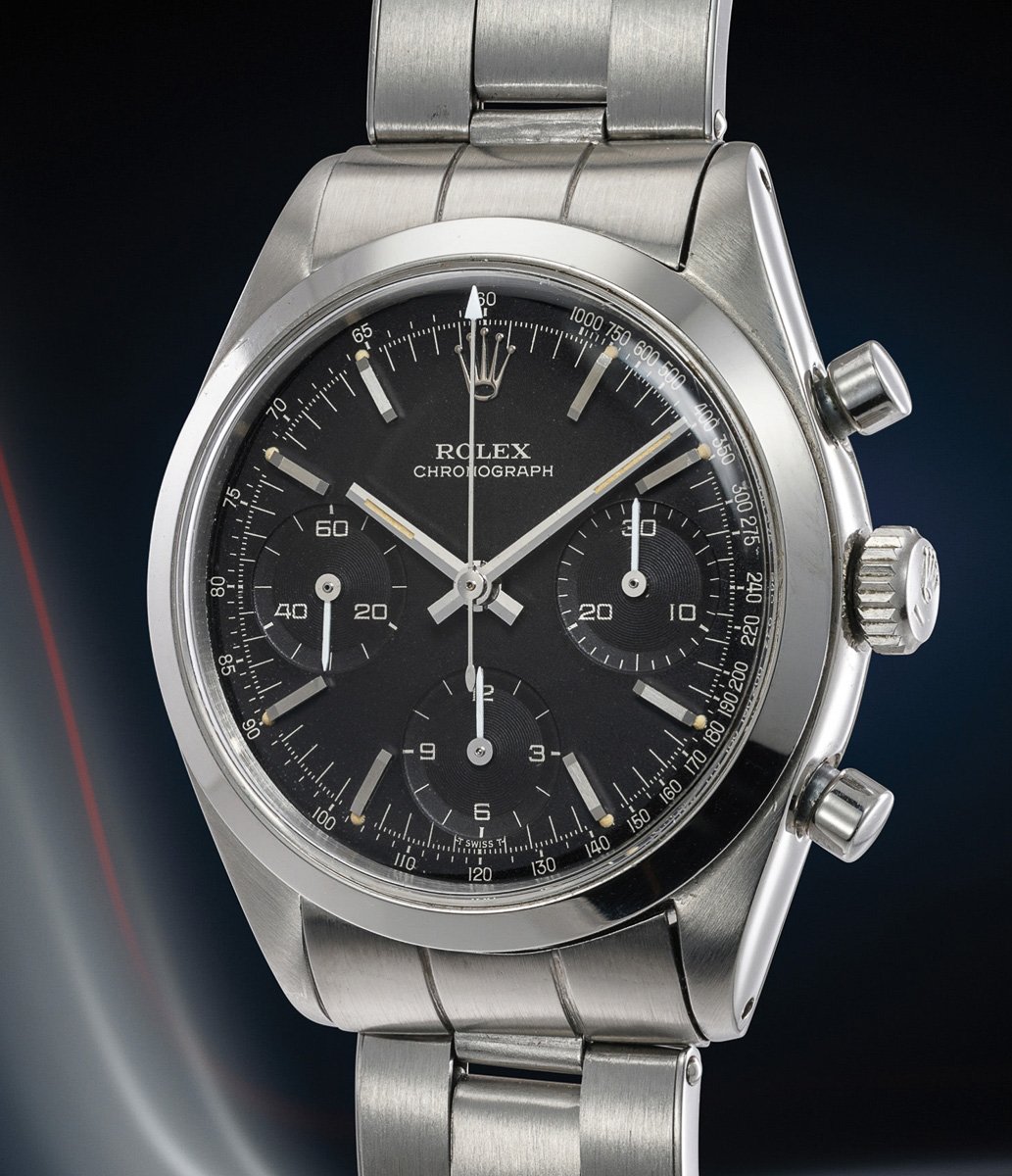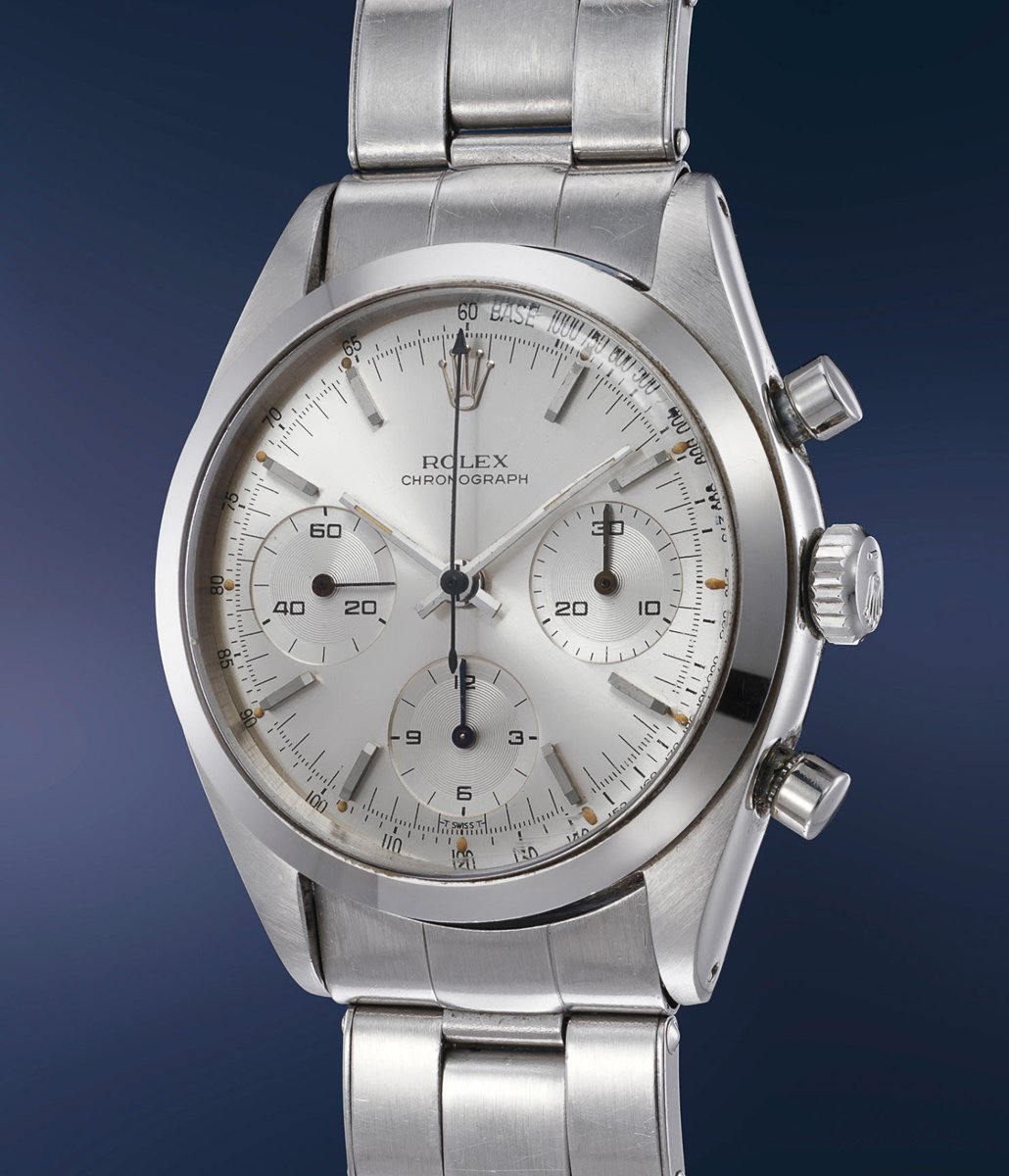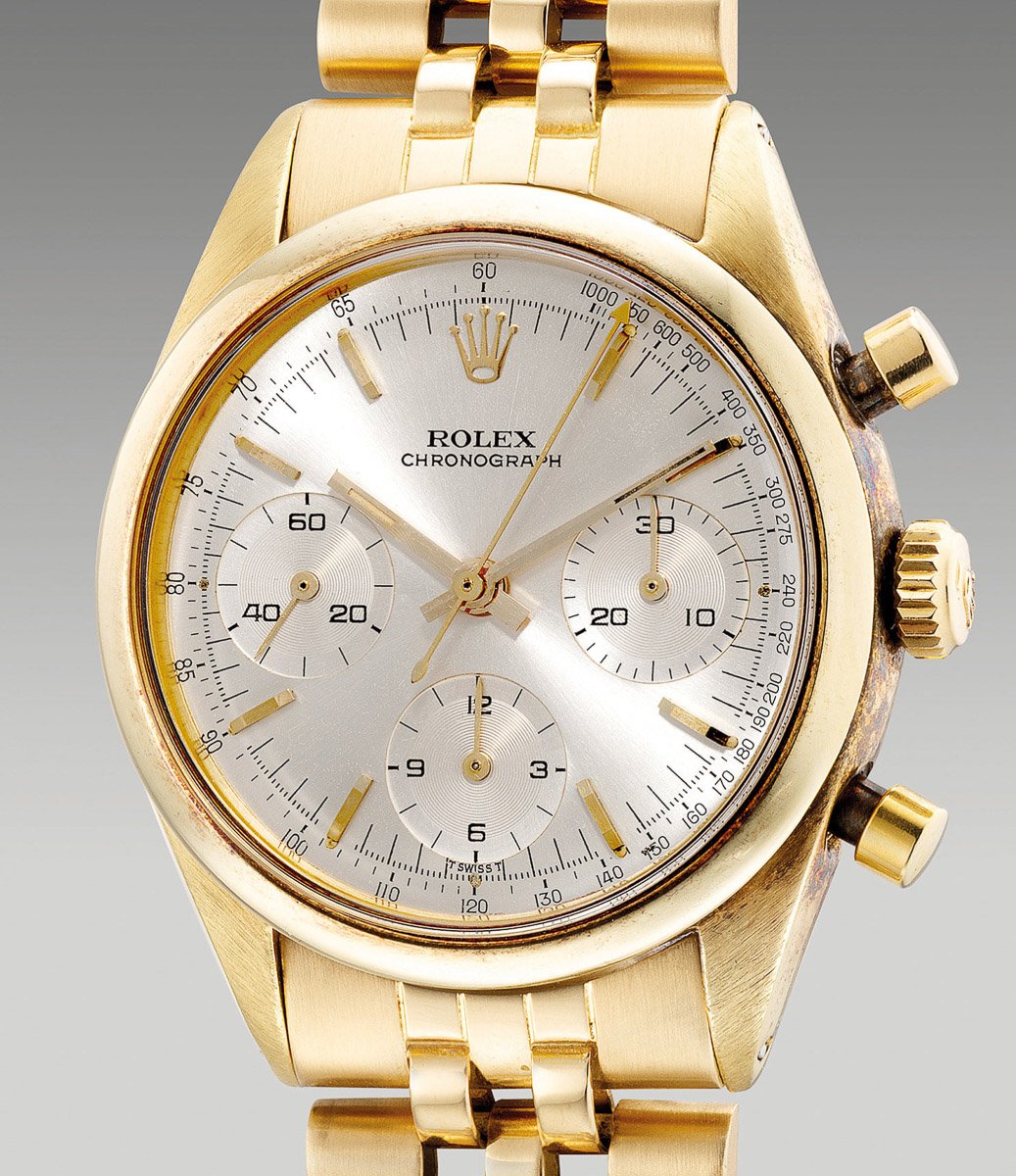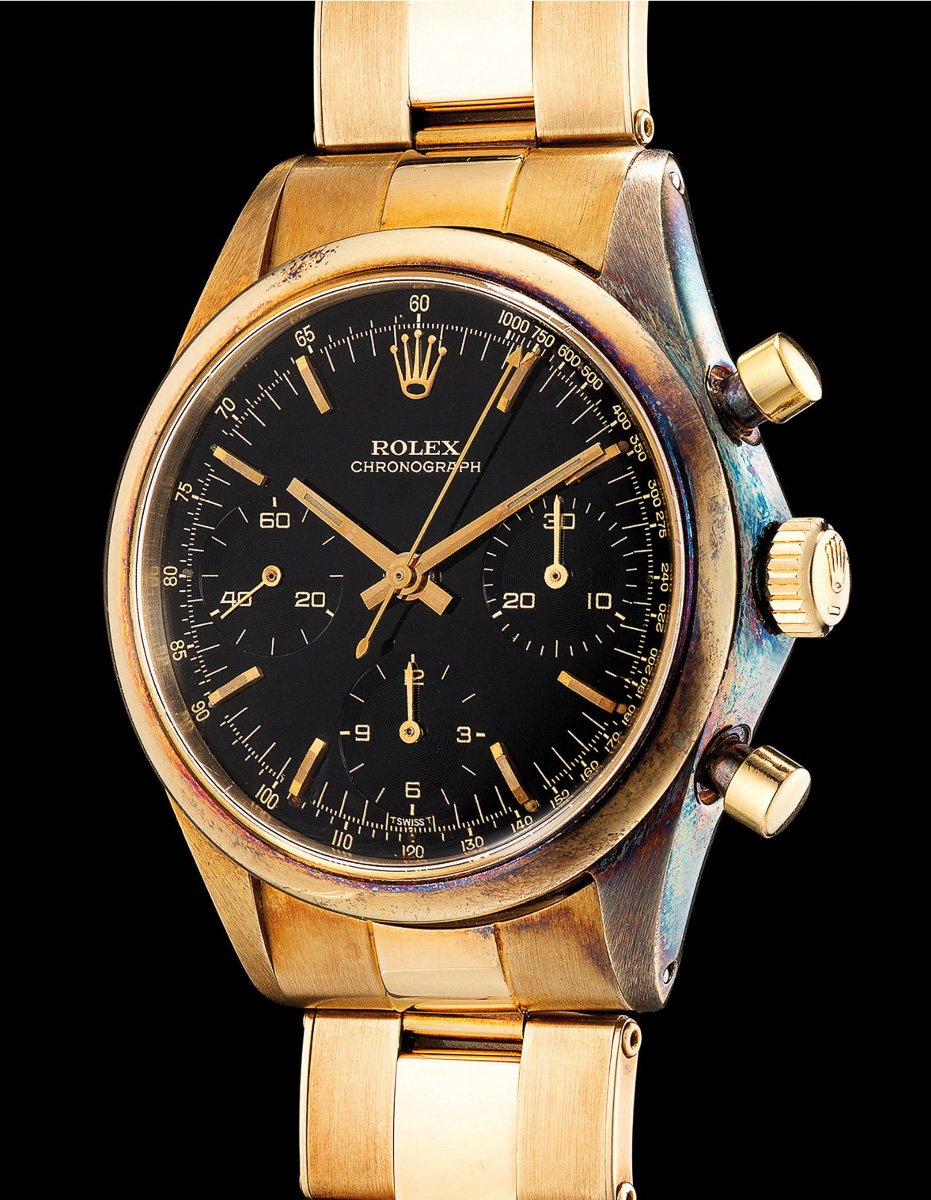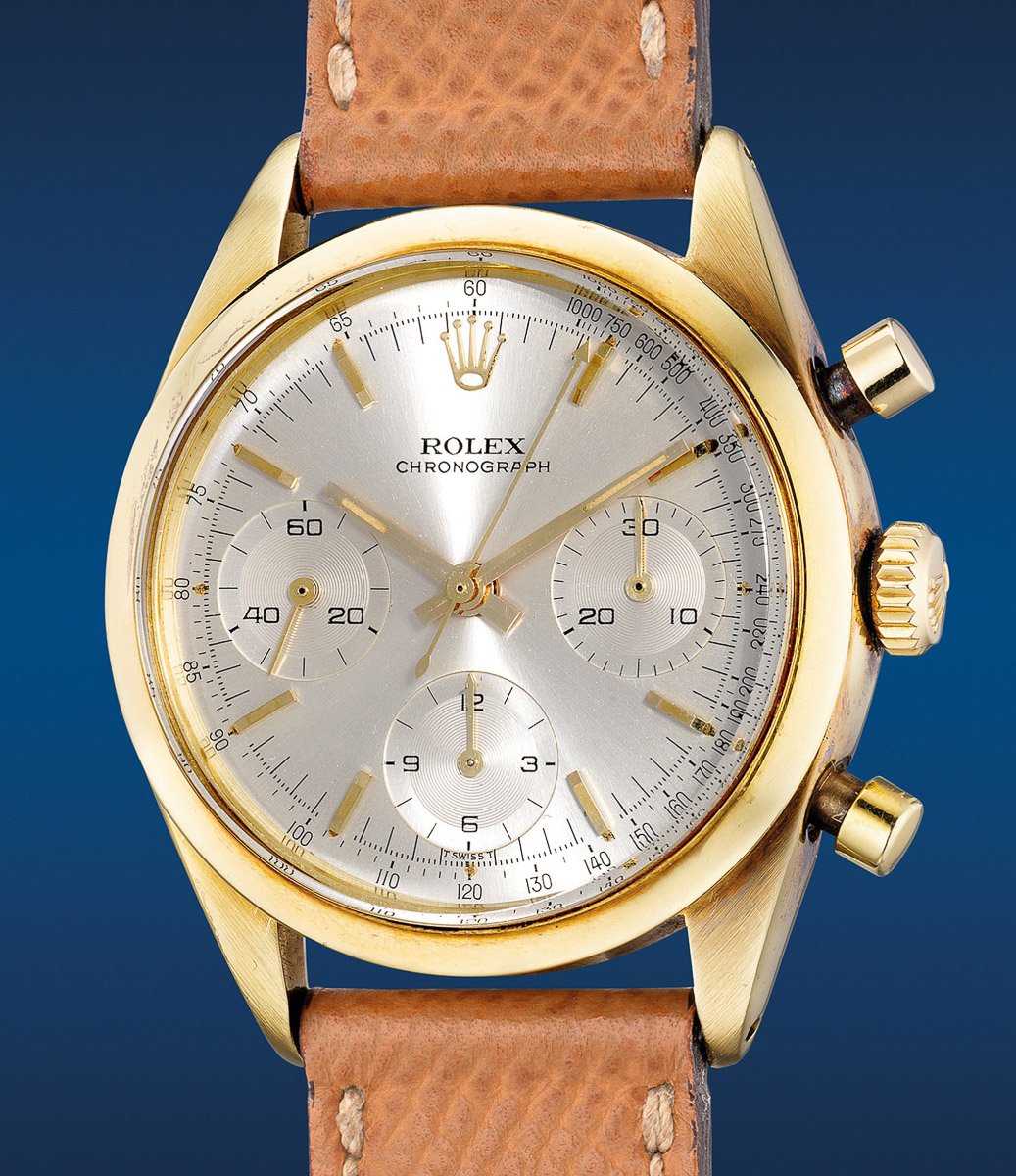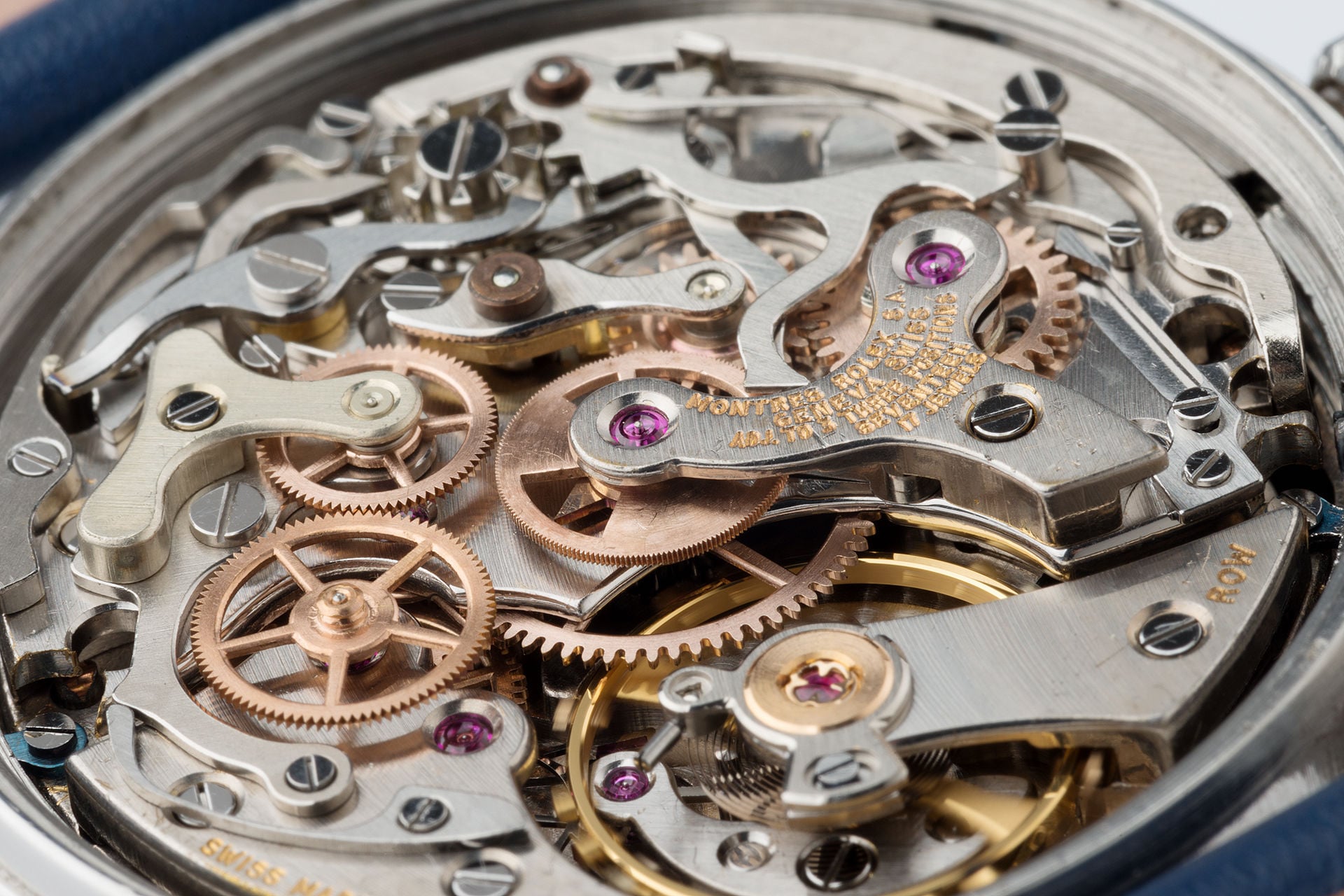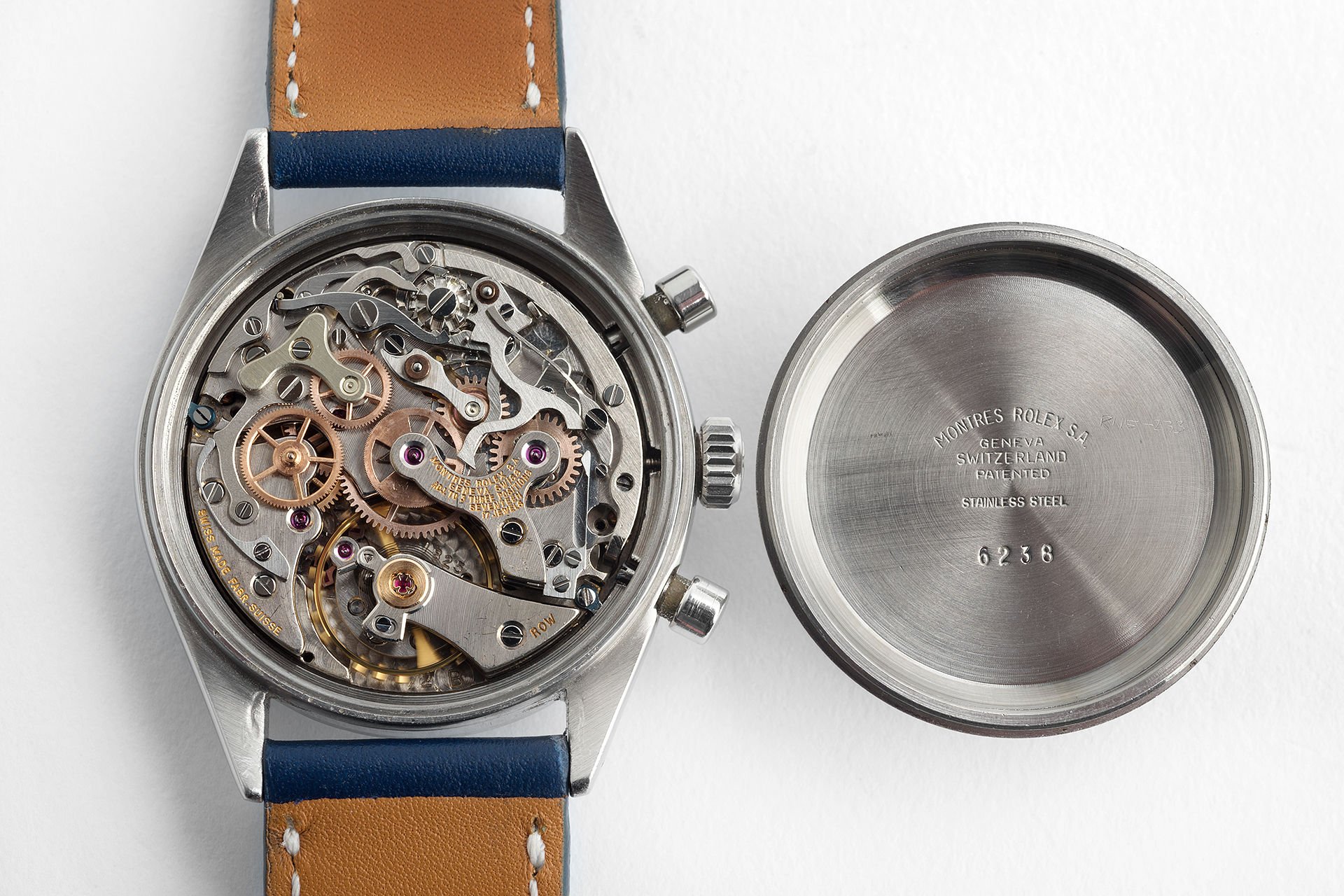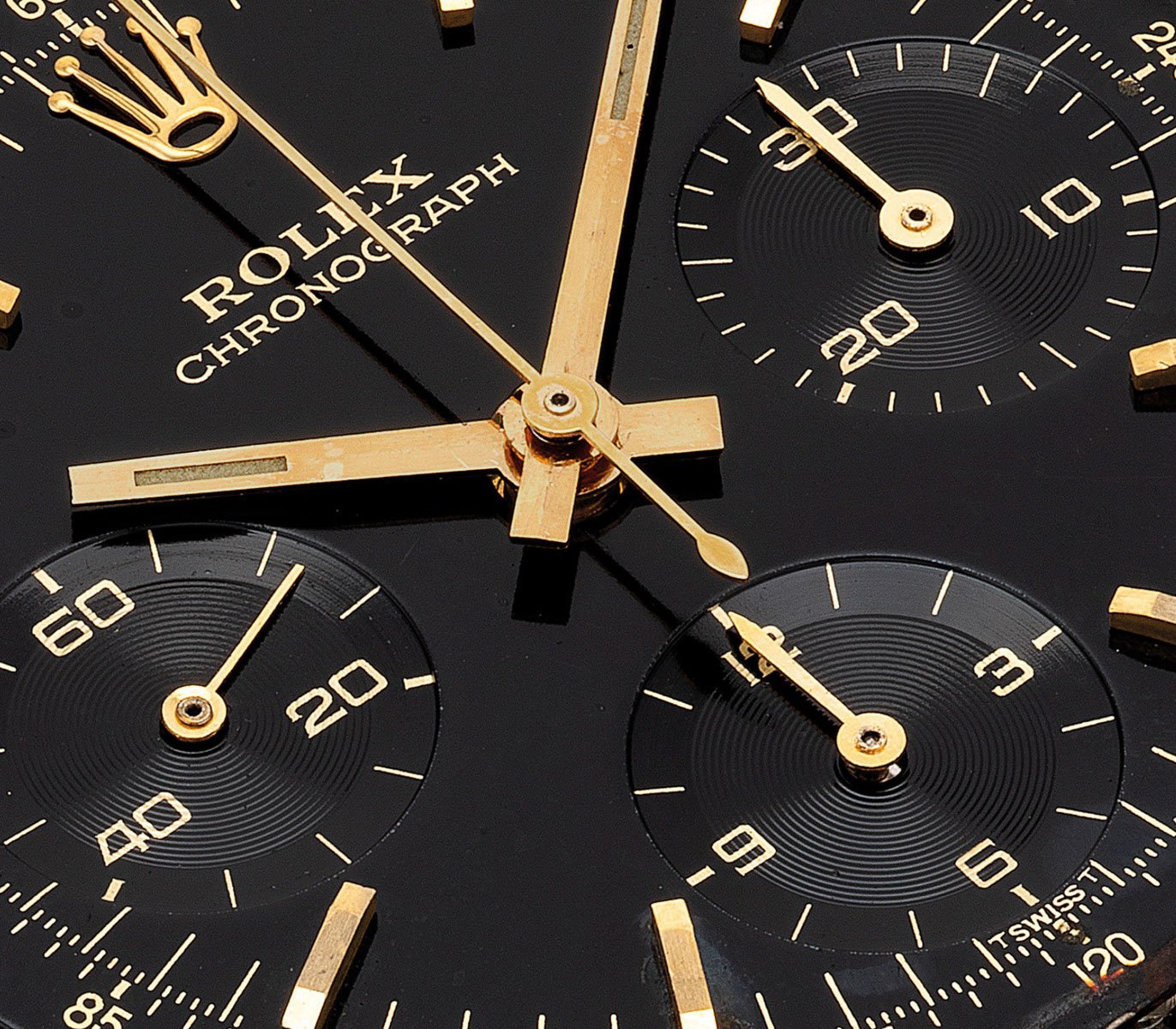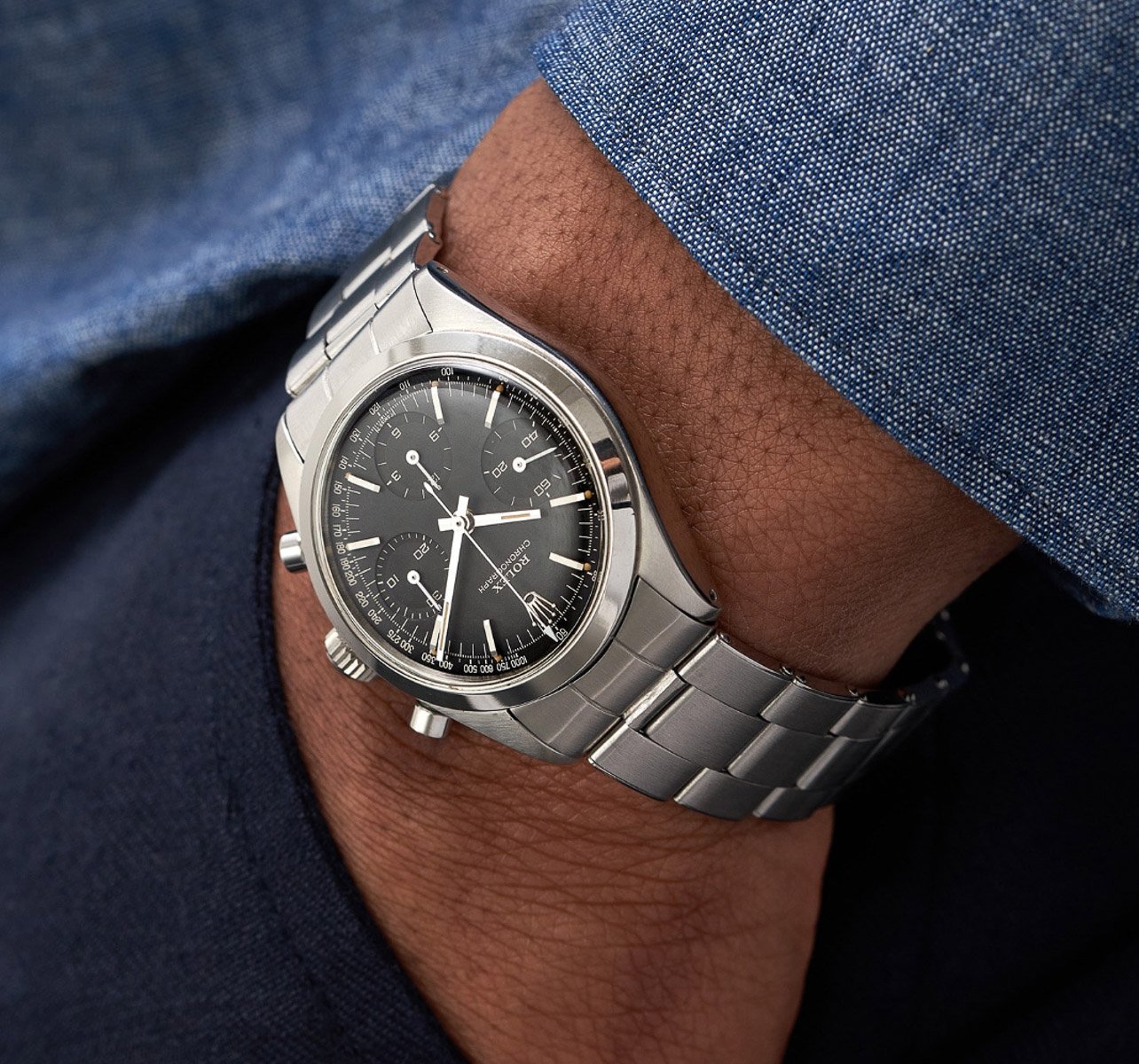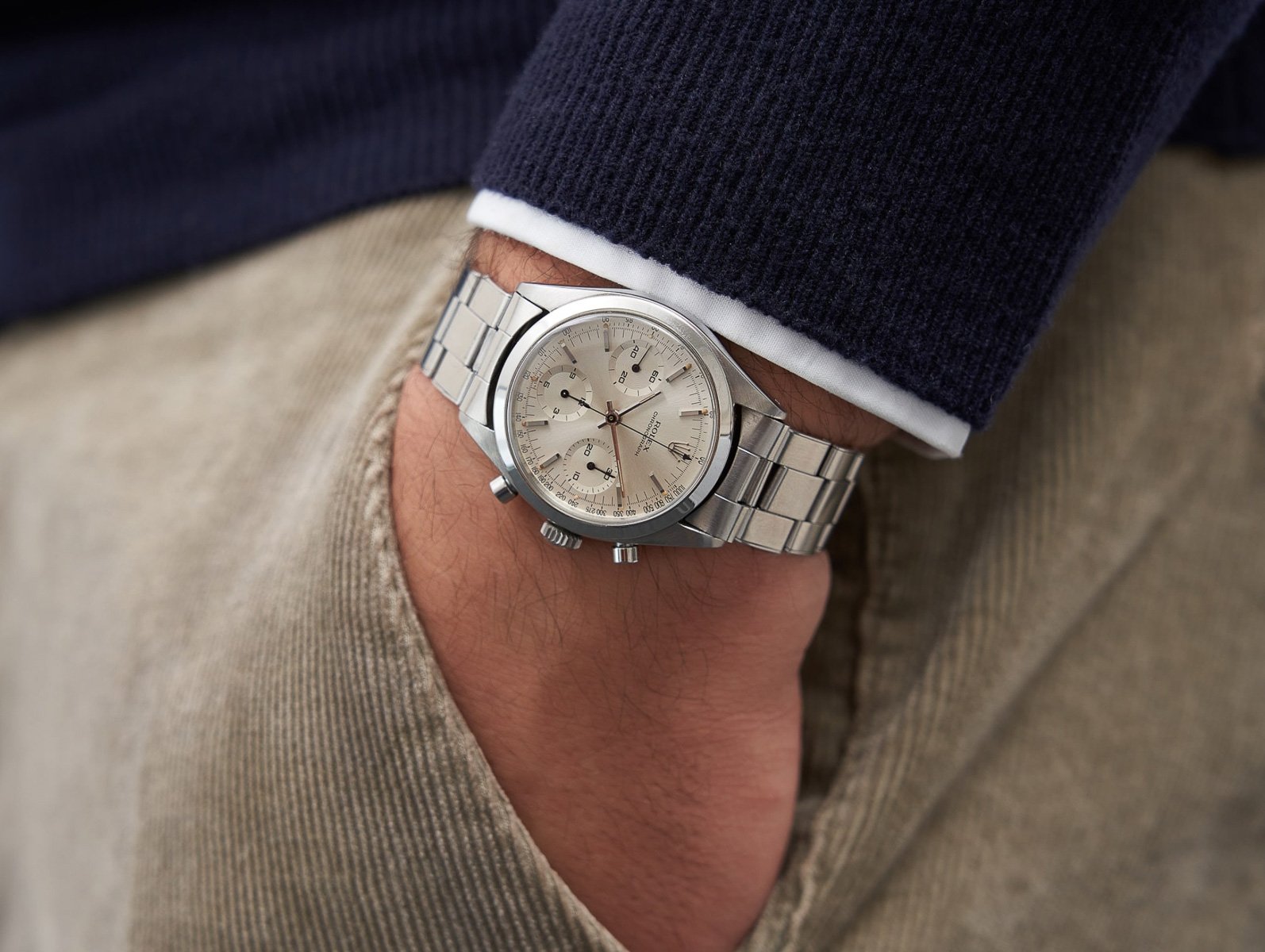Dear Rolex, Please Bring Back The Ref. 6238 “Pre-Daytona”
There have always been two vintage Rolex models that I absolutely adored, two watches that I would dream to own one day. But let’s be real, that’s not going to happen if you know what Rolex models they are. The first is the first-generation Explorer II ref. 1655. The second is the ref. 6238, also known as the “Pre-Daytona”. As I’m sure you understand, owning these two watches is going to take more than just saving up some money. So how about a reissue? As this series of articles is an homage to the great watches of the past, let’s dream a little. Dear Rolex, please bring back the ref. 6238 “Pre-Daytona”.
Let’s get one thing out of the way immediately. Rolex is not the brand to do reissues. We all know that the brilliance of The Crown is in the continuation of its classics. This strategy of updating its models through the decades is what has created all these incredible icons. It’s also why Rolex is not a brand of reissues. First off, reissues would not fit this strategy of constant evolution and eternal progress. Second of all, this strategy has led to a relatively small number of unique models being discontinued over time compared to other brands. But it doesn’t mean they are not there. Enter the Rolex ref. 6238, also known as the father of the iconic Daytona.
Talking about Rolex reissues
When it comes to Rolex reissues, we obviously have to mention Tudor. We all know that Rolex is not a brand for re-issues because of the reasons I just explained. Ever since Tudor introduced the Black Bay line in 2012, the brand has been the keeper of the Rolex (and Tudor) spirit of the past. It’s a strategy that has worked wonders for the brand. Up until recently, Tudor could not be “accused” of re-introducing a single Rolex reference. The brand captured the spirit of the Rolex and Tudor divers rather than singling out one specific reference unless it was their own of course. But during the Watches And Wonders, there it was — the Tudor Black Bay Pro! It was a watch so heavily inspired by the Explorer II ref. 1655 that it could pass for a modern re-issue of the Rolex classic.
While nothing can replace the original Explorer II ref. 1655, if you are into the aesthetic of the “Freccione”, I understand this could be a good option for you. Personally, I was surprised to see Tudor picking out specific references to inspire its new timepieces. The Black Bay GMT S&G is another example of taking inspiration from a very specific Rolex model, although there are obviously multiple classic “Root Beer” references. It’s a strategy that without a doubt will attract large crowds to these watches. As you might know, both Lex and Nacho explained in detail how they are on opposite sides of the spectrum regarding whether this is a good step for Tudor. But it’s never going to be a topic of discussion for the Rolex ref. 6238 “Pre-Daytona”.
A look back at the history of the ref. 6238
Does that make the ref. 6238 my favorite vintage Rolex? In all honesty, my love for the Explorer II ref. 1655 has not diminished at all, so I will keep dreaming about both. But let’s jump into the history of the predecessor of the famous Daytona. As I explained in the Buying Guide for the best Rolex models of the 1960s, it is, without a doubt, my favorite model from that decade. The ref. 6238 was produced from 1962 until 1968 and led to the introduction of the Daytona ref. 6239.
While there are quite a few differences in appearance, the ref. 6238 is considered the model that turned into the first Daytona ref. 6239 that was introduced in 1963. The watch marks a transition between the looks of the legendary ref. 6234 and ref. 6236 “Jean Claude Killy” and the iconic Daytona. It has a 36mm case, still features a smooth bezel, and has the tachymeter scale printed on the dial like its predecessors. And that’s also the biggest difference with the Daytona, which has the tachymeter on the fixed steel bezel. Additionally, Rolex started using contrasting colors for the sub-dials on the dial of the Daytona. So, while “Pre-Daytona” technically makes sense, there are some fundamental differences between the two models.
- Image: Phillips
- Image: Phillips
- Image: Phillips
An overlap in production with the Daytona
As you might have concluded, the ref. 6238 and the first three Daytona references 6239, 6240, and 6241 were produced simultaneously. Rolex produced an estimated total of roughly 3,500 pieces of the ref. 6238 in stainless steel. Additionally, 220 pieces were produced in 14K yellow gold and another 150 pieces in 18K yellow gold. Rolex produced 14 different dial colors and executions. The dial colors for the stainless steel versions were silver, gray, and black. Of the three, the gray and black dials are far rarer than the silver-dial version. The yellow gold version was produced with both black and silver dials, and the black-dial version is a favorite among collectors.
- Image: Phillips
- Image: Phillips
- Image: Phillips
When it comes to the evolution of the dial, Rolex started production with leaf hands and a so-called “transitional dial” that featured applied diamond markers and the wording “Rolex Oyster Chronograph”. It’s the same dial style that was used for the ref. 6234 that came before it. Some models also came with a second telemeter scale. After some time, Rolex updated the watch by introducing baton hands and indexes and simplifying the wording on the dial to simply “Rolex Chronograph”. That version is the one that transitioned into the Daytona, and it is also my favorite. It also marks a leap in dial design from classical to contemporary. If you ask me, this is absolute vintage Rolex bliss. Especially with the gray dial, it looks amazing.
The legendary Valjoux movements
During the production run of the ref. 6238, Rolex used two hand-wound movements. The first is the legendary Valjoux 72B movement, and the second is the Valjoux 722. Essentially, they are the same movements that were also used later on for the first Daytona models. Both column-wheel chronograph movements operated at 18,000vph and came with 17 jewels and 48 hours of power reserve. As most of you will know, the Valjoux 72 is one of the most iconic chronograph movements ever produced. The movement was first introduced in 1938 and remained in production until 1974.
If you are not familiar with the history of the movement, I suggest you go check it out as it is quite fascinating. The Valjoux 72 caliber powered watches from almost 20 different brands over the decades. Among them are Rolex, Heuer, Breitling, Longines, Gallet, and Certina. The movement was made famous with a wider audience because Rolex used it for its Daytona. While the movement has always been popular and well-known with classic-chronograph enthusiasts, it’s the Daytona that propelled the Valjoux 72 into legendary status with a much bigger crowd. But for Rolex, the Valjoux story also started in the pre-Daytona era.
The impact of the ref. 6238 “Pre-Daytona”
Besides being known as the “Pre-Daytona”, the ref. 6238 is also famous for making its way onto the wrist of James Bond. That has made the watch an even bigger fan favorite. The fact that George Lazenby wore a special version of the watch in On Her Majesty’s Secret Service has increased its status as an iconic timepiece even more. Lazenby wore a modified version of the ref. 6238 that featured a red chronograph seconds hand. Besides the fact that I have grown to love On Her Majesty’s Secret Service tremendously over time — that fight scene on the beach at dusk is brilliant — the fact that one-time 007 Lazenby wore both a Rolex Submariner and a ref. 6238 on his wrist makes this a standout Bond film for watch fans.
While I absolutely love the fact that 007 wore the watch, I am not so much on board with giving the ref. 6238 the status of “the watch that led to the Daytona”. Don’t get me wrong, the link is obvious, and I love the vintage hand-wound Daytona era. But the ref. 6238 is a different watch that has a tremendous amount of appeal on its own. The watch is incredibly versatile in its appearance, making it suited for almost any occasion. It’s less sporty than a Daytona and that is what gives the ref. 6238 a completely different character. It’s a style of chronograph that I absolutely adore. The Omega De Ville Chronograph 145.018 that I wrote about earlier in this series is another one of those watches. We need more of these iconic chronographs in modern versions.
An everlasting vintage dream
For Rolex, the ref. 6238 was part of the next step in modernizing the design of the dials and hands of its timepieces. With the later ref. 6238 dial designs, the brand left behind the classical styling and opened the gates to modern times. If you go search for images of the watch, you will find them on Oyster and Jubilee bracelets as well as leather straps. While my personal favorite is the Oyster bracelet, the watch looks good no matter what it comes on. The same goes for the materials and dial colors. They all look equally stunning to me, and that doesn’t happen often. Usually, I will have a clear favorite version of a watch, but with the ref. 6238, they all look pretty incredible.
While the Daytona has become the brand’s most popular watch (or non-watch), it’s the ref. 6238 that is a true watch fan’s favorite. But you need some deep pockets to buy one. Before the Daytona market exploded, the ref. 6238 was actually more expensive than most of the iconic Daytona references. While that has changed, the ref. 6238 is not exactly an affordable watch. Expect to see prices anywhere from €45K up to €200K for a steel version with a black dial or one of the gold models. So, with that in mind, the wish for a modern version is not that strange. And I would love to see what Rolex could come up with if the brand decided to modernize this beauty. But we all know that will never happen. Unless I make the title of this article “Please Tudor, Bring Back The Pre-Daytona”. The folks at The Shield wouldn’t do it… would they?

